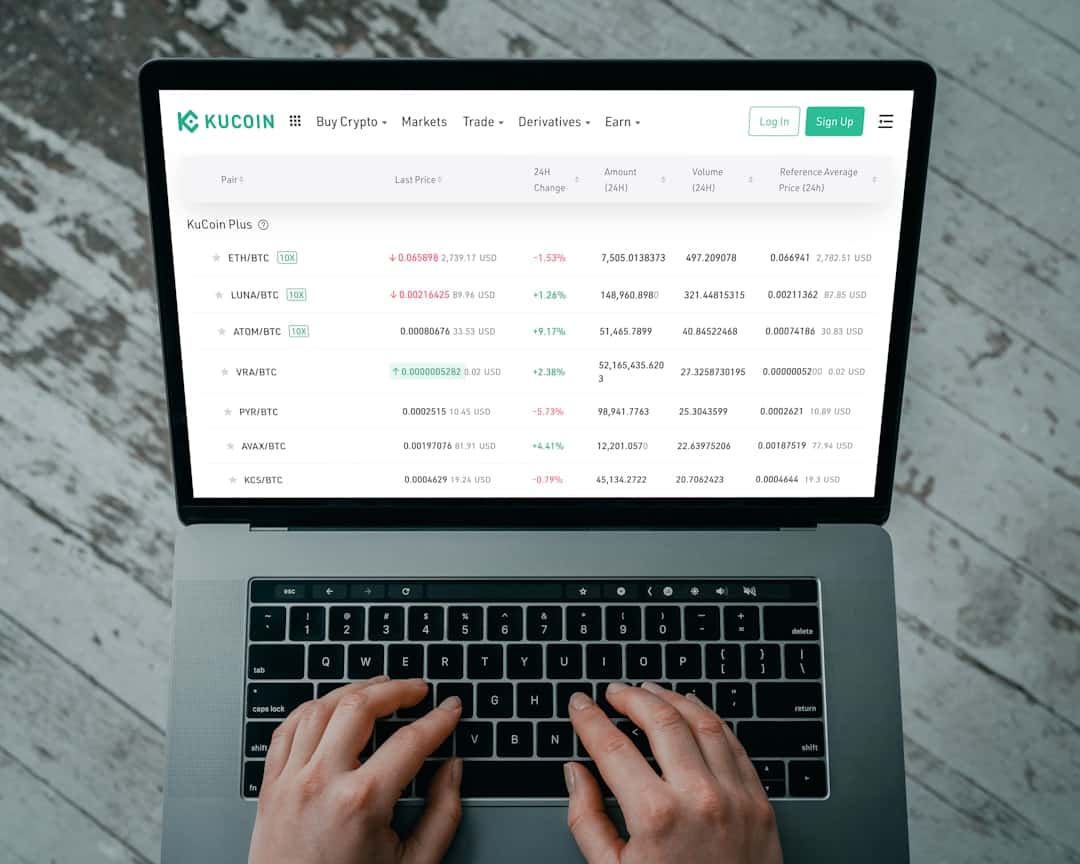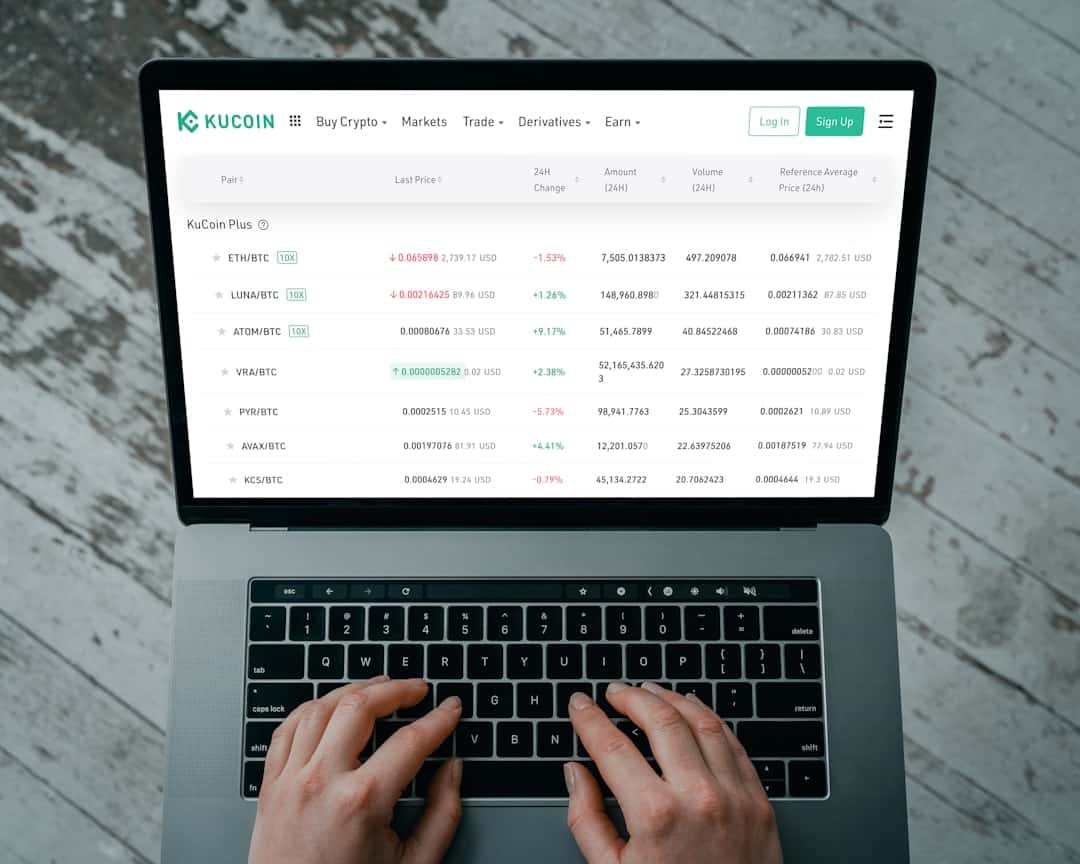Zero Trust Network Access (ZTNA) is a cybersecurity approach that challenges the traditional security model of trusting everything within a network perimeter. Instead, ZTNA operates on the principle of “never trust, always verify,” requiring authentication and authorization for every access request, regardless of the user’s or device’s location. ZTNA employs micro-segmentation, granting access to network resources on a per-session basis.
This access is determined by multiple factors, including user identity, device health, location, and the sensitivity of the requested resource. By implementing this granular approach, ZTNA reduces the attack surface and mitigates the risk of unauthorized access and lateral movement within the network. The adoption of ZTNA enables organizations to enhance their security posture while supporting modern work practices such as remote work and bring your own device (BYOD) policies.
This security model ensures that only authorized users and devices can access specific resources, irrespective of their network environment or physical location. As cyber threats continue to evolve and remote work becomes increasingly prevalent, ZTNA offers a more robust and adaptable security framework compared to traditional perimeter-based models. This approach allows organizations to maintain strict security controls while providing the flexibility required in today’s dynamic work environments.
Key Takeaways
- Zero Trust Network Access (ZTNA) is a security model that eliminates the idea of trust based on location and assumes that every access attempt is a potential threat.
- Implementing ZTNA in your organization involves identifying and classifying resources, implementing strong authentication and authorization controls, and continuously monitoring and analyzing access attempts.
- ZTNA maximizes security by providing granular access controls, reducing the attack surface, and enabling secure access for remote and third-party users.
- The benefits of ZTNA for cybersecurity include improved protection against insider threats, better visibility and control over network access, and enhanced compliance with data protection regulations.
- Best practices for ZTNA include adopting a least-privilege access approach, implementing multi-factor authentication, regularly updating access policies, and conducting thorough risk assessments.
- Challenges and considerations for ZTNA include the complexity of implementation, potential user resistance, the need for robust identity and access management solutions, and the importance of user education and awareness.
- Future trends in ZTNA technology include the integration of artificial intelligence and machine learning for advanced threat detection, the adoption of software-defined perimeter solutions, and the continued evolution of access control technologies to adapt to changing threat landscapes.
Implementing Zero Trust Network Access in Your Organization
Assessing Your Current Infrastructure
The first step is to conduct a thorough assessment of your existing network infrastructure, security policies, and access controls. This will help identify potential vulnerabilities and areas for improvement.
Defining Security Requirements and Roadmap
Next, you need to define your organization’s security requirements and create a roadmap for implementing ZTNA. This may involve deploying new security technologies such as software-defined perimeter (SDP) solutions, multi-factor authentication (MFA), and identity and access management (IAM) systems.
User Education and Ongoing Monitoring
Once the technical aspects are in place, it’s crucial to focus on user education and awareness. Employees need to understand the importance of ZTNA and how it impacts their day-to-day work. Training programs should be conducted to educate users about best practices for accessing network resources securely and the potential risks of unauthorized access. Additionally, it’s essential to establish clear policies and procedures for managing access rights, enforcing least privilege principles, and monitoring user activity. Regular audits and reviews should be conducted to ensure that the ZTNA framework is effectively implemented and aligned with the organization’s security objectives.
Maximizing Security with Zero Trust Network Access

Maximizing security with ZTNA involves leveraging advanced technologies and best practices to create a robust defense against cyber threats. One key aspect of ZTNA is the use of encryption to protect data both at rest and in transit. By encrypting network traffic and data stored on devices, organizations can prevent unauthorized access and data breaches.
Additionally, implementing strong authentication mechanisms such as biometric authentication, smart cards, or token-based authentication can further enhance security by ensuring that only authorized users can access sensitive resources. Another important aspect of maximizing security with ZTNA is continuous monitoring and threat detection. By implementing advanced security analytics and monitoring tools, organizations can detect and respond to potential security incidents in real-time.
This proactive approach allows organizations to identify and mitigate security threats before they escalate into major breaches. Furthermore, integrating threat intelligence feeds and leveraging machine learning algorithms can help organizations stay ahead of emerging threats and adapt their security posture accordingly.
Benefits of Zero Trust Network Access for Cybersecurity
| Benefits of Zero Trust Network Access for Cybersecurity |
|---|
| 1. Enhanced Security |
| 2. Improved Compliance |
| 3. Reduced Attack Surface |
| 4. Better Visibility and Control |
| 5. Protection for Remote Workers |
| 6. Minimized Lateral Movement of Threats |
The adoption of ZTNA offers several benefits for cybersecurity. Firstly, it reduces the risk of unauthorized access and lateral movement within the network by implementing strict access controls based on user identity, device health, and other contextual factors. This minimizes the attack surface and prevents attackers from moving laterally within the network even if they manage to compromise a single user or device.
Secondly, ZTNA enables organizations to embrace modern work practices such as remote work and BYOD without compromising security. By implementing ZTNA, organizations can ensure that employees can securely access network resources from any location and using any device without exposing the organization to additional security risks. Furthermore, ZTNA enhances visibility and control over network traffic and user activity.
By implementing granular access controls and continuous monitoring, organizations can gain insights into who is accessing what resources and detect any anomalous behavior in real-time. This visibility enables organizations to enforce least privilege principles and respond quickly to potential security incidents.
Best Practices for Zero Trust Network Access
Implementing ZTNA requires adherence to best practices to ensure its effectiveness in enhancing cybersecurity. One best practice is to adopt a risk-based approach to access control. This involves evaluating the risk associated with each access request based on factors such as user identity, device health, location, and the sensitivity of the resource being accessed.
By assigning risk scores to access requests, organizations can make informed decisions about granting or denying access. Another best practice is to implement strong authentication mechanisms such as multi-factor authentication (MFA) for all access requests. MFA adds an extra layer of security by requiring users to provide multiple forms of verification before accessing network resources.
This significantly reduces the risk of unauthorized access even if user credentials are compromised. Additionally, organizations should prioritize continuous monitoring and threat detection as a best practice for ZTNBy leveraging advanced security analytics and monitoring tools, organizations can detect potential security incidents in real-time and respond proactively to mitigate any threats. This proactive approach is essential for maintaining a strong security posture in today’s rapidly evolving threat landscape.
Challenges and Considerations for Zero Trust Network Access

While ZTNA offers significant benefits for cybersecurity, there are also challenges and considerations that organizations need to address when implementing this security concept. One challenge is the complexity of implementing ZTNA across diverse network environments. Organizations with hybrid or multi-cloud environments may face challenges in ensuring consistent access controls and visibility across all network resources.
Another consideration is the potential impact on user experience. Implementing strict access controls based on contextual factors such as user identity and device health may introduce friction into the user experience. Organizations need to strike a balance between security and usability to ensure that employees can access network resources efficiently without compromising security.
Furthermore, organizations need to consider the scalability of their ZTNA implementation. As the organization grows and evolves, it’s crucial to ensure that the ZTNA framework can scale accordingly to accommodate new users, devices, and network resources without sacrificing security.
Future Trends in Zero Trust Network Access Technology
Looking ahead, several trends are shaping the future of ZTNA technology. One trend is the integration of artificial intelligence (AI) and machine learning (ML) into ZTNA solutions. AI and ML technologies can analyze vast amounts of data to identify patterns and anomalies in user behavior, enabling organizations to detect potential security threats more accurately and efficiently.
Another trend is the convergence of ZTNA with other cybersecurity technologies such as secure access service edge (SASE). SASE combines networking and security capabilities into a unified cloud-based service, offering comprehensive protection for users, devices, applications, and data regardless of their location. Additionally, the adoption of zero trust principles beyond the traditional network perimeter is a growing trend.
As organizations embrace cloud-based applications and services, they are extending zero trust principles to protect data and applications outside their traditional network boundaries. In conclusion, Zero Trust Network Access (ZTNA) is a powerful security concept that offers numerous benefits for enhancing cybersecurity in today’s dynamic threat landscape. By implementing ZTNA, organizations can minimize the risk of unauthorized access, enable secure remote work practices, enhance visibility and control over network traffic, and adapt their security posture to evolving threats.
However, implementing ZTNA requires careful planning, adherence to best practices, and consideration of potential challenges such as complexity, user experience impact, and scalability. Looking ahead, future trends in ZTNA technology such as AI/ML integration, convergence with SASE, and extending zero trust principles beyond the traditional network perimeter will continue to shape the evolution of ZTNA as a critical component of modern cybersecurity strategies.
If you’re interested in learning more about the future of digital reality and its impact on network security, check out this article on Exploring the Metaverse: A New Frontier in Digital Reality. This article discusses the potential of the metaverse and how it will shape the way we approach network access and security in the future. It’s a fascinating look at the intersection of technology and security in a rapidly evolving digital landscape.
FAQs
What is zero trust network access (ZTNA)?
Zero trust network access (ZTNA) is a security model that requires strict identity verification for every person and device trying to access resources on a private network, regardless of whether they are inside or outside the network perimeter.
How does zero trust network access work?
ZTNA works by authenticating and authorizing every user and device attempting to access network resources. It uses a variety of security measures, such as multi-factor authentication, encryption, and micro-segmentation, to ensure that only authorized users and devices can access specific resources.
What are the benefits of zero trust network access?
Some of the benefits of ZTNA include improved security, reduced risk of data breaches, better visibility and control over network access, and the ability to enforce least privilege access policies.
What are some key components of zero trust network access?
Key components of ZTNA include identity and access management (IAM) systems, multi-factor authentication (MFA), encryption, micro-segmentation, and continuous monitoring and analytics.
How does zero trust network access differ from traditional network security models?
Traditional network security models typically rely on perimeter-based security measures, such as firewalls and VPNs, to protect the network. ZTNA, on the other hand, focuses on securing individual users and devices regardless of their location, and assumes that no user or device should be trusted by default.











Leave a Reply